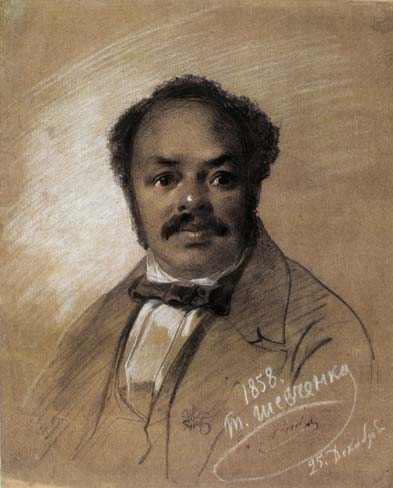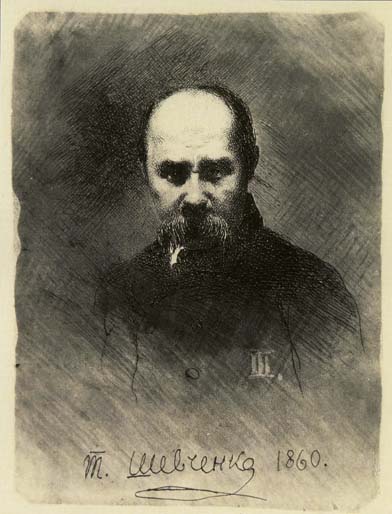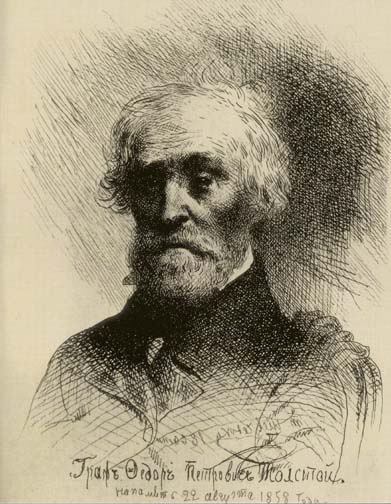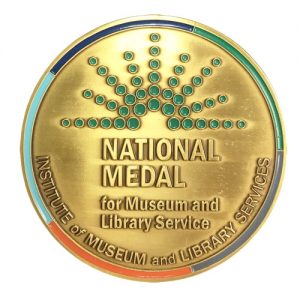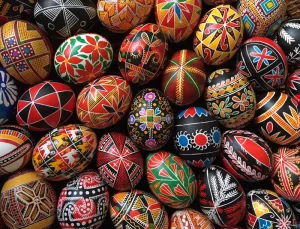That Ira Aldridge and Taras Shevchenko would become friends is not very surprising. Both men experienced oppression and discrimination during their lives, but they were both loved for their bold personalities and many accomplishments.
Ira Aldridge was born a free man in New York City to Reverend Daniel and Luranah Aldride. Living in New York, Ira grew up among slaves and watched their difficult lives as they fought for their freedom. Knowing joining the clergy was a safe profession for black Americans at the time. Ira’s father wanted this for his son and enrolled him in Divinity College, but Ira was determined to be an actor that performed Shakespeare in white theaters for white audiences. To deter this, Rev. Daniel Adlridge enrolled him in a Glasgow institution to continue his clergy studies in Scotland. Leaving his father gave Ira more freedom to grow his acting portfolio. He traveled to England where he eventually met his fist wife and began a family. During this time, he could only get roles as minor black characters, but eventually worked up to the role of Othello. There was some praise for his abilities but he was mostly met with harsh criticism. The criticism was so severe and the community was so unwelcoming to a black actor that Ira left England, and decided to tour throughout Europe.
Aldridge began gaining noteriety in Hungary where he won awards for his performances. He continued to gain popularity in Germany, allowing him to explore a variety of roles and make a name for himself. Once an established Shakesperean actor, Ira Aldridge began a tour in Russia. In St. Petersberg he obtained fame due to his ability to connect with the audience, despite a language barrier. As he continued to perform throughout Russia, it is noted people would attempt to learn just enough English to understand his speeches. Ira continued touring through south Russia and the western parts of Ukraine. During these times, Ira began directing plays in hopes of making actors respect the profession of acting.
While in St. Petersburg, Ira Aldridge met Ukrainian poet and artist Taras Shevchenko and they begn a lasting friendship based on similar life stories.
Shevchenko was born a serf. He was owned by his landlord Vasily Engelhardt and later by Engelhardt’s son Pavlo. At the age of eleven, Taras was orphaned and eventually raised by the village of Kyrylivkaafter his stepmother moved to her parent’s home. As a boy Shevchenko showed great skill in writing, drawing and painting, and once was whipped for stealing art supplies from his owner. In 1831 Engelhardt moved to St. Petersburg and brought Shevchenko with him. Becasuse it was fashionable to have an artist in residence, Shevchenko was sent to study art with painter Vasiliy Shiraiayev in St. Petersburgh by his owner.
While studying under Shiraiayev, Shevchenko honed his skills and eventually met with and became friends with fellow artists. These friends worked to raise money to buy Shevchenko’s freedom in May of 1838. As a free man he traveled to Ukraine and noted the conditions of those still suffering under serfdom. His poetry and prose focused on these injustices and he longed for an easier life for his people. In 1847 Shevchenko was arrested and in 1848 sent on a naval expedition on the Aral Sea where he was able to draw the landscape. After this, however, he was sent to a penal settlement in Novopetrovsk for seven years. In 1857 Shevchenko was released from his exile, but it was not until 1859 that he was allowed to return to Ukraine.
In November of 1858 Aldridge was performing Othello to a St. Petersburg audience. Taras Shevchenko was in the audience and Count Fyodor Tolstoy introduced the two after the performance. Both were invited to Count Tolstoy’s home days later and were able to communicated with each other through the Count’s daughters, Katya and Olya. While they did not share the same language they had an understanding of each other. Through their translator they were able to share stories of prejudice and hardship that they both faced. They related to each other in a way that not many others could understand, thus creating a very deep friendship. For lengthy conversations, they used a translator but it was said they could understand each other just with expressions and being observant. To commemorate their friendship Taras drew a portrait of Ira. While drawing Ira struggled to sit still, eventually breaking out into song. Ira sang slave songs starting off sad and getting increasingly happier, and Taras sang Ukrainian songs, therby sharing their cultures with eachother. Ira acted an entire comedy scene for Taras that had everyone hysterically laughing. By the end of the session together Taras and Ira had a discussion about the similarities of all people. While these two came from completely different lives, they found so much to relate to and understood each other on a very deep meaningful level.
After his first wife died in 1863, Ira married again and fathered four more children. The family lived mostly in Russia, central Europe and England. Ira Aldridge died at sixty years old in Poland, where he was burried in an Evangelical cemetary.
Ukrainian-Afro-American relations remain a live topic today with many friendships across racial-ethnic lines. Please see how UMA Director Andrew Fedynsky remembers a friendship from his college days in the late 1960s, in his article “Musing on Race.”
Text written by Larissa Strouse, DePaul University
Works Cited:
Durylin, Sergei N. Ira Aldridge. Translated by Alexei Lalo, Africa World Press, Trenton, NJ. 2014.
Marshall, Herbert and Mildred Stock. Ira Aldridge, The Negro Tragedian.Howard University Press, Washington D.C., 1993.
Prybieha, Nina, ed. The Taras Shevchenko National Museum. Mystetstvo, Kyiv, 2002.
